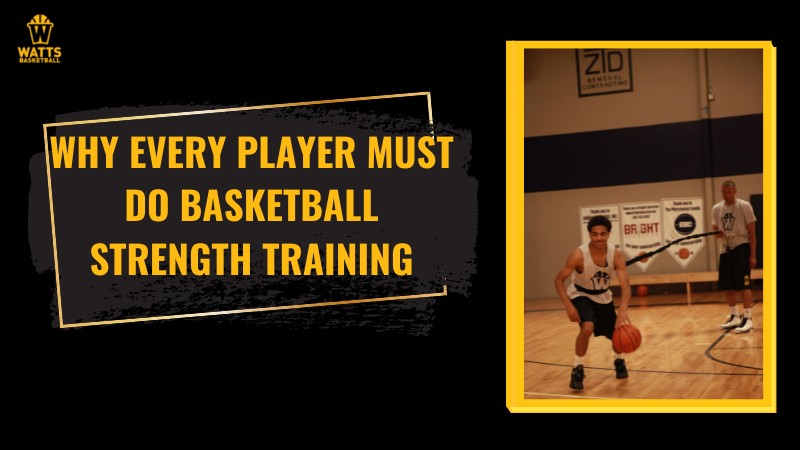Basketball is a sport that relies on training and strength conditioning programs that address various physical demands. Athletes must do conditioning to withstand the highly stressful workloads encountered during practice or a game in a dynamic game. The physical conditioning of basketball players gears toward increasing aerobic capacity, speed, agility, muscular strength, and power.
A player must work on shooting, dribbling, passing, rebounding, jumping higher, being more explosive, and all other basketball fundamentals when it comes to basketball strength training. He must also work on his physical strength to avoid being knocked over by a larger player.
Determinants of a Player’s Strength
Strength plays an essential role in how well you can play on the court. It is often seen as a concern primarily for professional athletes. Any athlete, regardless of skill level or competition level, can benefit from strength training.
If you’re struggling with your performance or are upset that you are losing ground to your competition, likely, you aren’t following a proper strength training program. Listed below are the determinants of strength and how to address them.
Maximum or Absolute Strength
Absolute strength refers to the maximum force that a muscle group can generate during a single, brief contraction. Maximum strength dictates the amount of generated muscle power. Working on your maximum strength increases the size of your muscles, and the larger your muscles are, the more power you can generate while performing various basketball moves. As a basketball player, it’s critical to devote some of your strength training to developing maximal strength because it serves as the foundation for muscular power and speed.
Bench, shoulder, and calf presses, deadlifts, weighted crunches, and half squats are all excellent exercises for increasing absolute strength.
Are you ready to get the best basketball training that will help you reach your goals?
Speed Strength
Speed strength is a measure of how quickly your muscles can react and move your body. Speed-strength training programs include both indoor and outdoor workouts. While weightlifting exercises such as Olympic lifts and various squat variations, jump training exercises, and medicine ball throws will strengthen your muscles and generate more muscle units, outdoor running drills are also necessary to fully develop speed strength. Maximum speed is not as critical in basketball. Often, it’s more important to demonstrate your ability to change direction quickly, pause for a hesitation move, and then explode to the rim.
Strength Endurance
The ability to perform repeated high-intensity movements without becoming fatigued is a measure of muscular endurance. The longer your muscles can maintain the same efficiency level for an extended period – the greater your endurance. Increased muscular endurance enhances your ability to sprint up and down the court repeatedly. Additionally, it will enhance your ability to jump repeatedly with minimal loss of power.
Explosive Strength
Explosive strength measures how much force your muscles can generate in a single motion over a brief period. It is a synergy of absolute strength and quickness of movement. Increase either one (without decreasing the other), and explosive power increases. There are several different methods for developing explosive strength, but the most common are speed-strength training and plyometric or jump training. The speed-strength method activates muscle units and prepare them for additional work. In comparison, the plyometric method is an efficient way to train explosive strength. It is the most popular and applicable method because it incorporates both speed and strength elements into single movement patterns.
Basketball Strength Training Improves Over-all Athleticism
Basketball strength training is one of the most effective ways to ensure that basketball players’ physical training is complete, efficient and leverages his/her athleticism. Find out more about basketball and strength training in our blog.

